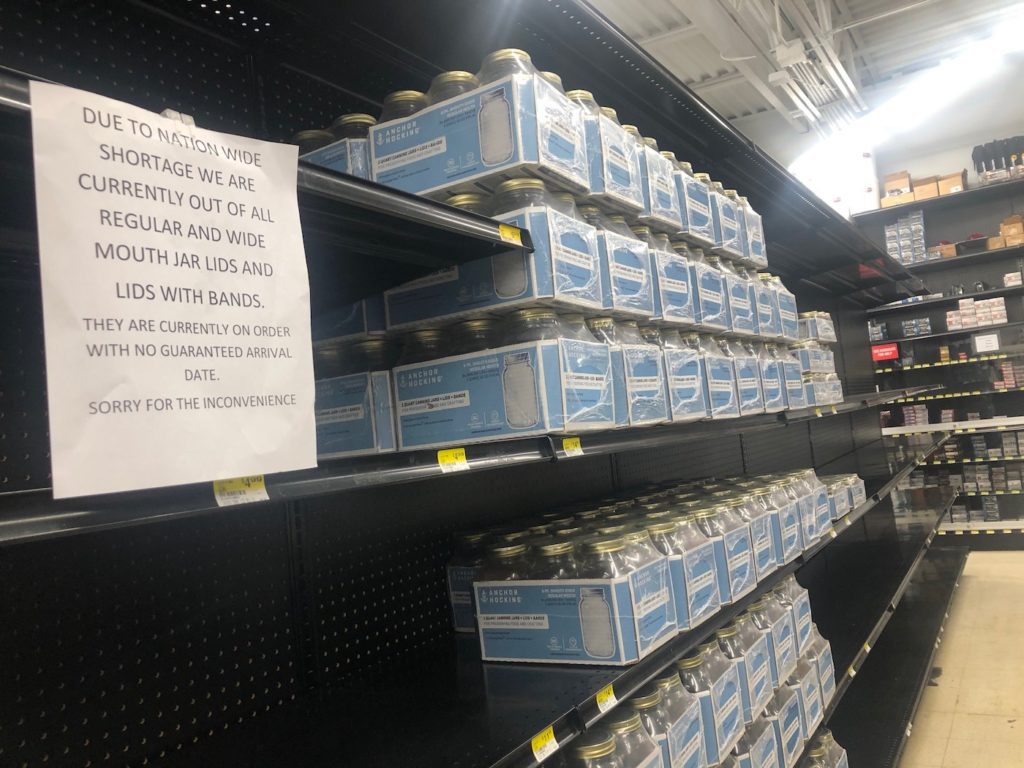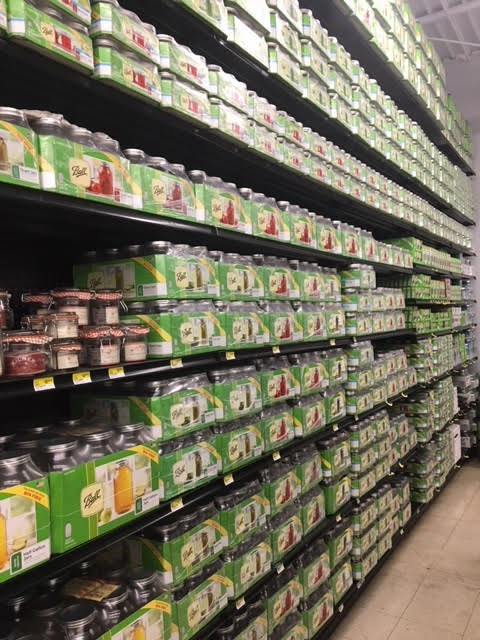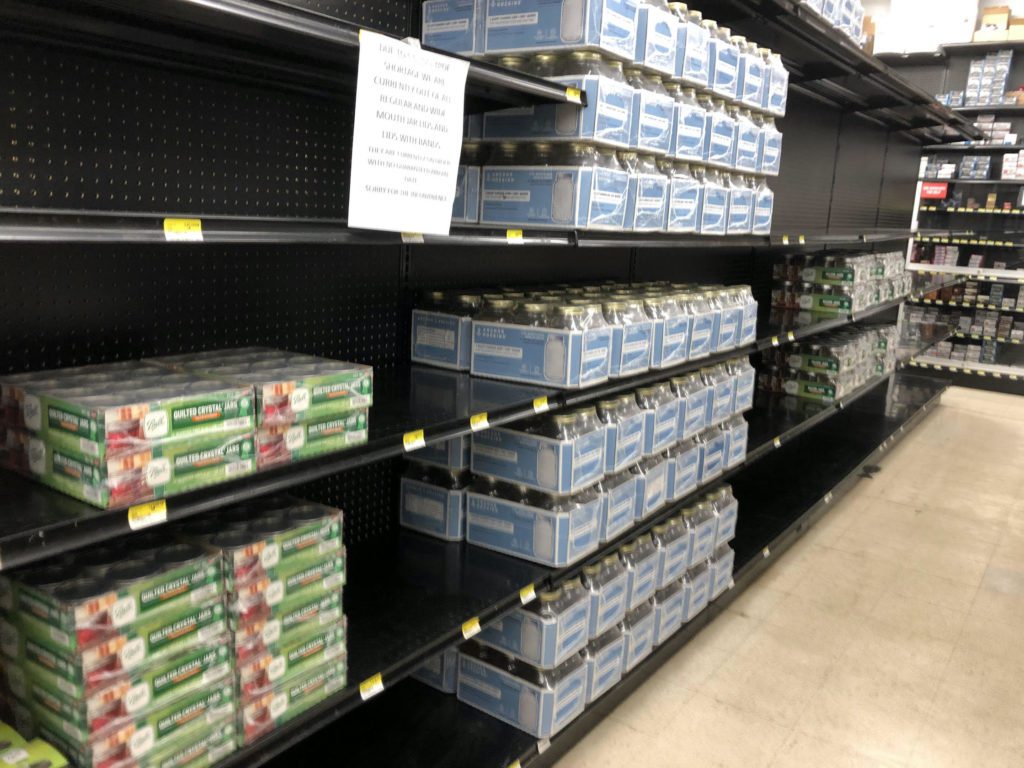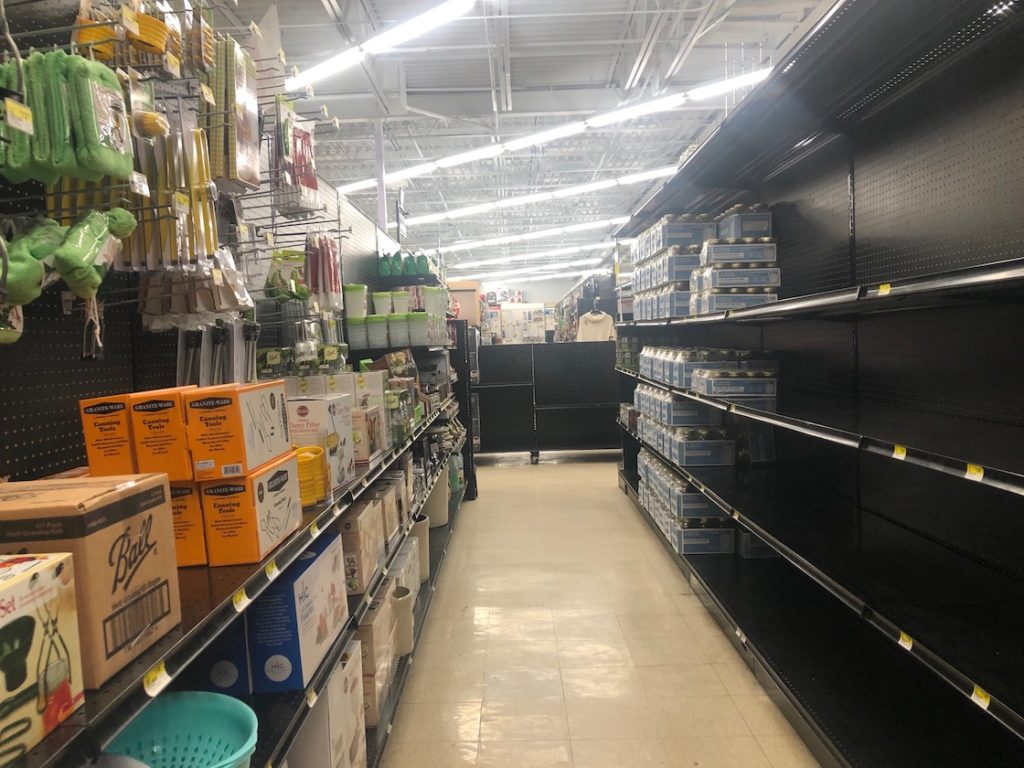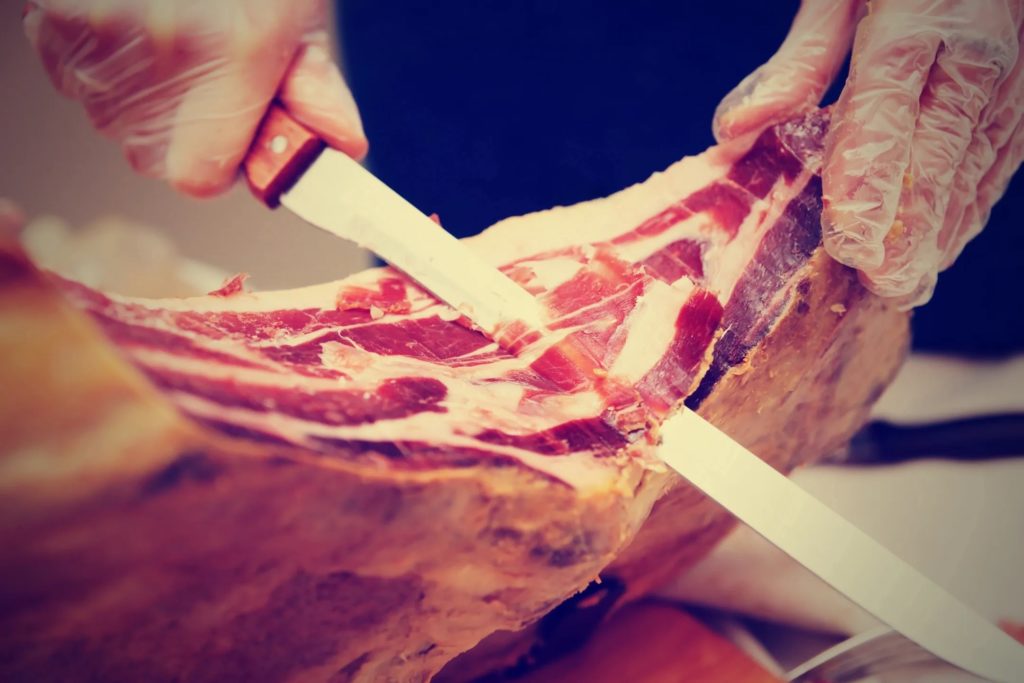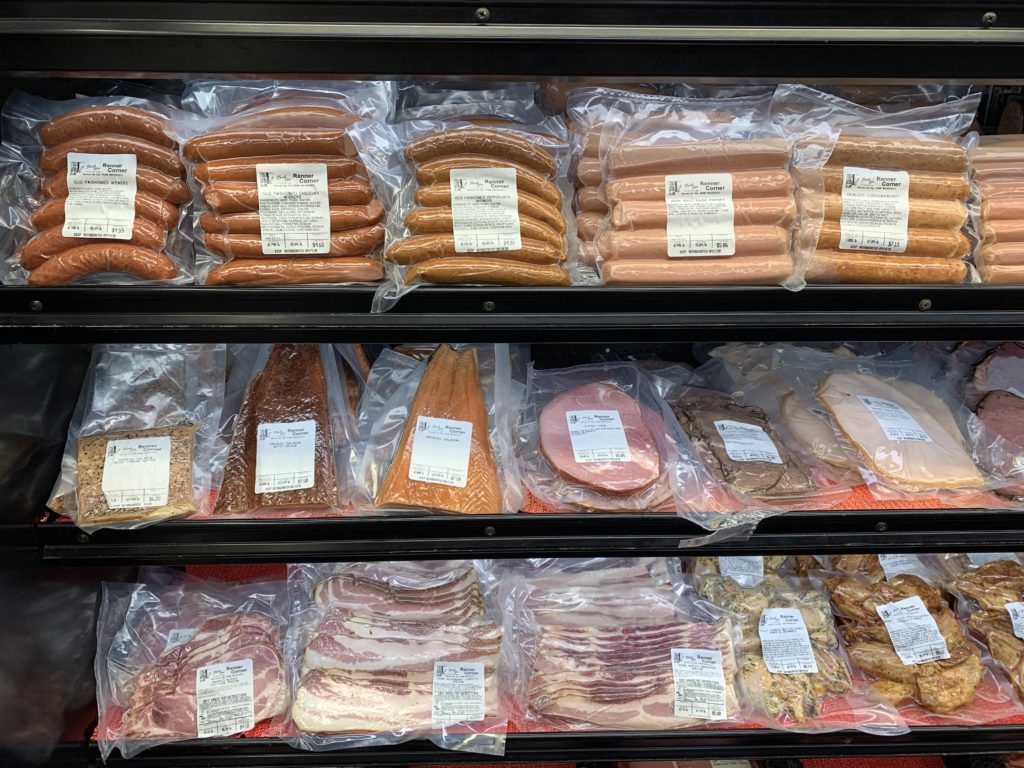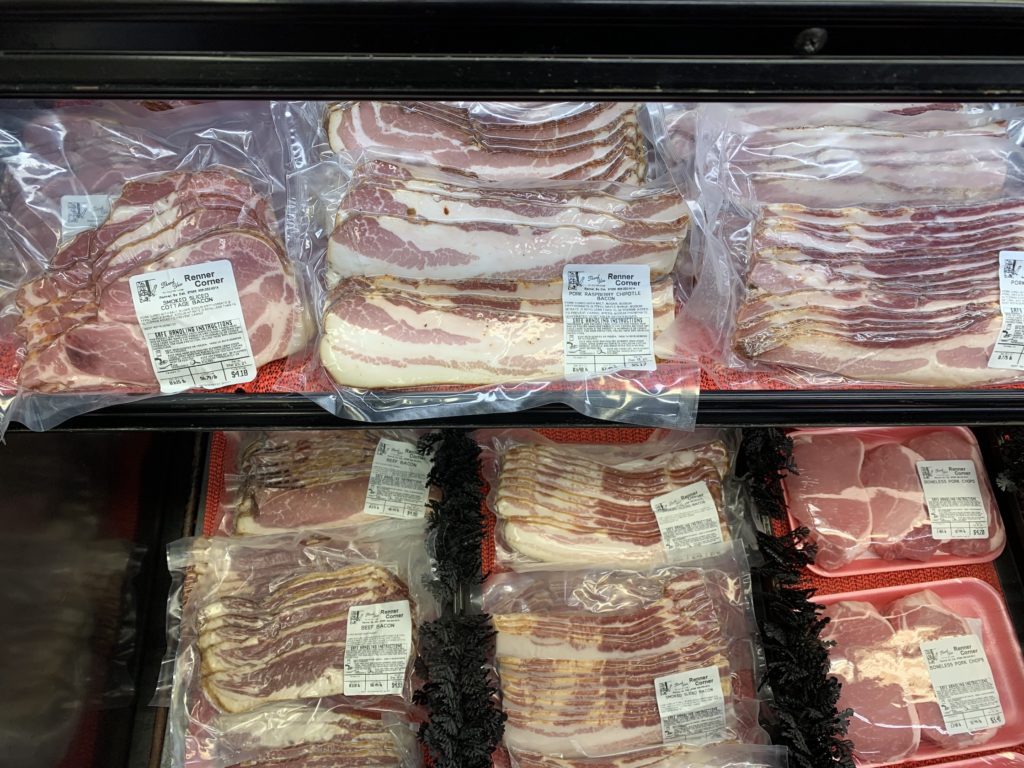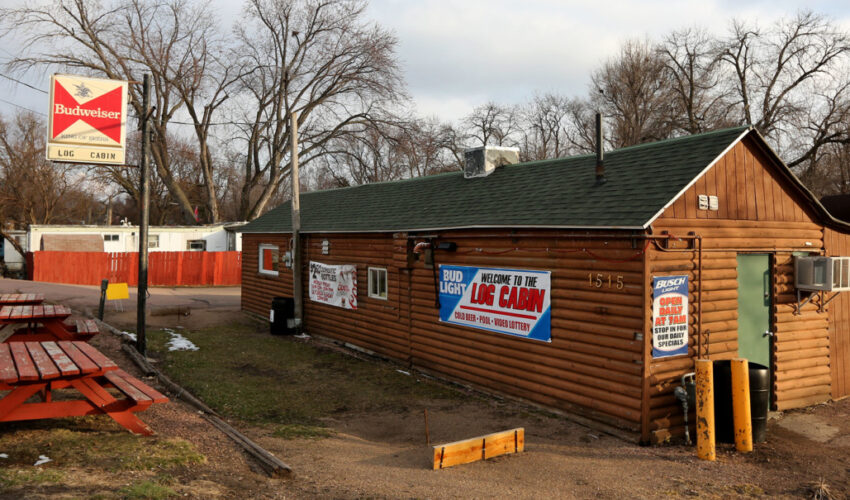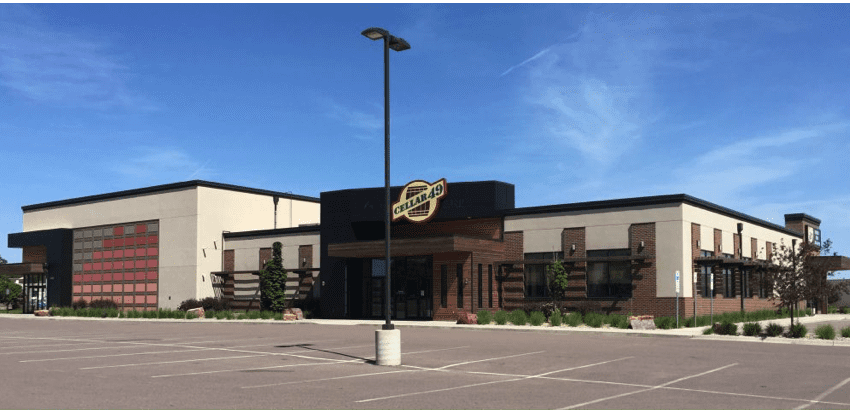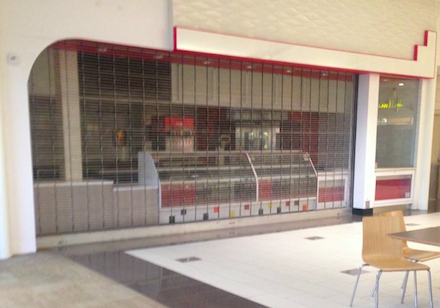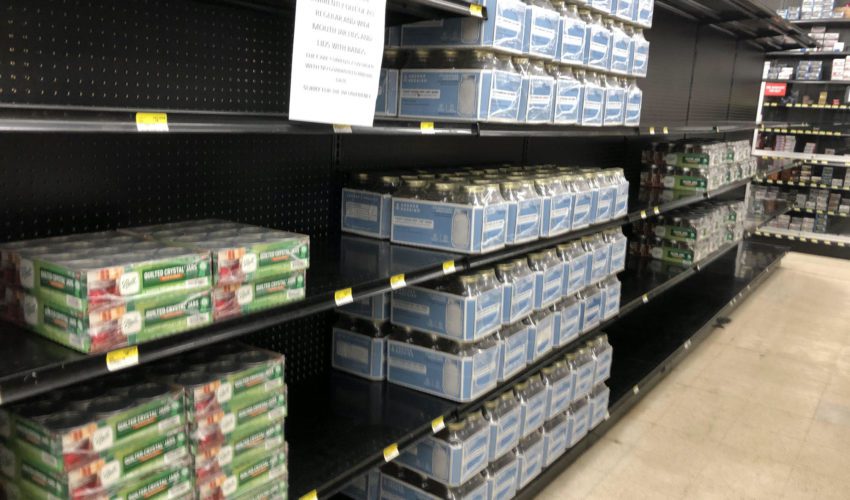From canning to butchering, pandemic causes shortage as people stock up
Oct. 8, 2020
By Jane Lawson, for SiouxFalls.Business
Looking for insight into how people are living – and eating – these days? Just ask a Nyberg’s Ace product buyer.
Jody Rasmussen can tell you that more people are making their own popcorn now. They’re baking more. And as area meat lockers get booked up a year in advance, people are butchering their own meat. Or, at least, they’re stocking up on the equipment to do it.
Also, people have been desperate for canning supplies. The coronavirus pandemic that kept people home and growing their own food coincided with a summer conducive to bumper crops of cucumbers for pickling and tomatoes.
Rasmussen, who is a daughter of the chain’s founder and returned to her Sioux Falls roots three years ago, is proud to say “Ace is the canning place.” Customers typically cab count on finding supplies at the Nyberg’s Ace locations well through fall. This year, things were fine until the middle of August, she said.
“Then, our supply chains just totally dried up. Any canning – nationwide, it’s not just South Dakota,” Rasmussen explained. “We had people calling from Oklahoma, Illinois, wanting to know if we had canning lids that they could have shipped to them. We just have had nothing.”
Nyberg’s Ace did recently receive a shipment of canning jars, from a company that’s not quite as backordered as the store’s usual suppliers, but Rasmussen has no idea when to expect lids again. She encourages people to just keep checking.
If she had more lids, which can’t be reused, she surely would have sold them all. Nyberg’s Ace sold 121 boxes of lids last September across its five locations. In just the first two weeks of August this year, the stores sold 2,000 boxes before running out.
For another comparison, in a typical August, the stores might sell 200 cases of pint jars. This August, Rasmussen said, they sold 500. Quart jar sales were much higher, too, though limited to what they had available to put on the shelves.
This is what the shelves typically look like at that time of year.
This was the same time in 2020.
Rasmussen also credits the weather for the demand. It was more favorable this summer compared to last summer’s soaking.
“People have really nice gardens. The cucumbers were growing well. Tomatoes have been fabulous. So everybody that hasn’t gardened before started gardening,” she said. Many customers – and attendees of Nyberg’s Ace’s popular canning classes – were first-time gardeners.
Hope Kleine, a health education and food safety field specialist for SDSU Extension, has seen high interest in people preserving produce for the first time too. She holds canning and food preservation workshops, provides information and recipes, and answers questions.
A new Extension program aiming to help share information about food preservation in communities throughout the state also saw high demand, possibly because of the pandemic, Kleine said. The Master Food Preserver Volunteer Program aims to train food preserver volunteers to conduct workshops of their own. Out of at least 40 applicants, 12 people were chosen from across the state to participate in the first wave of training.
Kleine also has taken many calls from people wondering where to find canning supplies. Her best advice during the national shortage has been to try other preservation techniques. Options getting more attention this year range from freezing to drying and dehydration.
Rasmussen advised that it works to freeze tomatoes for now, then can them later when supplies come in.
For butchers, busy is an understatement
Canners have been busy, but it’s hard to compare their challenges with those of area butchers.
Doug Klarenbeek was 21 when he and his wife, Kathy, bought a small, run-down meat locker in Hudson in 1983. The two of them have built it up over time and now have about 15 employees, including their son, Bradey. They process from 45 to 50 head of animals a week, typically – mainly beef and hogs – and they sell meat products in their retail shop.
The meat locker is currently booked up for butchering until January 2022.
“All the butchers are chaotic right now,” Klarenbeek said. Consumers’ heightened desire to buy food from local sources has turned this year – and the next – into a busy time for shops like Hudson Meats and Sausage Inc., which is organic-certified.
“We’re just to the max with our room, employees, everything,” Klarenbeek said. It’s a good time to consider whether to grow, but with the expense of growth would also come the challenge of hiring in an industry that already struggles to find employees. And because the Hudson locker is federally inspected to allow for meat sales across state lines, paperwork that has increased through the years would probably rise with growth as well. So the Klarenbeeks are still thinking about what the future might look like for their shop.
Trends – then and now
In 37 years, Klarenbeek has seen significant trends roll through the meat locker industry, with some new ones unique to the pandemic.
His shop, which grew too busy to process wild game about 10 years ago, has always custom-processed beef, hogs and lamb for local farmers. And “the livestock has gotten so much larger,” Klarenbeek said.
Thanks to breeding and genetics, cattle that once weighed 1,000 pounds now weigh 1,600 to 1,900 pounds, he said. Hogs have grown from about 220 pounds to more than 300. The animals have a higher amount of meat versus fat now as well.
Farmers also are bringing in more animals at a time. Where they once brought in one or two, they might bring in up to five – to supply a neighbor or sell halves or quarters, for example. Some people sell their meat at farmers markets too.
Klarenbeek has seen a lot of lockers close in South Dakota since he bought his. He estimates the number now at less than half of what it was in 1983 – possibly now around 150. For a time, using a locker fell out of fashion, he said, and people turned to big-box stores for their meat.
Shops like his that were able to stick around feel the demand now.
“A lot of people are more worried about what they’re eating now, especially with COVID coming through,” Klarenbeek said. “That’s kind of why we’re booked up, backed up so much. They’re just more worried about what they’re eating and where it’s coming from and how it’s handled.”
Hudson Meats butchers for people in a wide swath of southeastern South Dakota, especially between Sioux Falls and Sioux Cit. But Klarenbeek said one person a few months ago brought in hogs from north of Rapid City.
Coping with demand
Klarenbeek and Jon Siemonsma, assistant manager for Renner Corner Locker, both describe the challenges of trying to meet demand on the retail side earlier this year when meatpacking plants were affected by the pandemic and producing less meat.
Typically, if Klarenbeek doesn’t have enough meat of his own to offer for sale, he buys boxed beef. But prices for that had doubled or tripled when the meatpacking plants’ supplies dwindled and grocery stores were trying to stock meat too.
“When there’s a shortage, the price goes sky-high, but people didn’t care,” Siemonsma said. “We had to sell hamburger for $8 a pound.” Since then, supply and prices have leveled off again.
Both shops added stringent sanitation measures to help address COVID-19 concerns for employees and customers. Renner Corner Locker has about a dozen employees, said Siemonsma, who has worked there full time for 19 years. The locker also adds a little help during wild-game season.
This September, a “bit heavy” month for the locker, Renner Corner custom-slaughtered 54 beef, 39 hogs and nine sheep for people who were using the meat personally, Siemonsma said. Another half-dozen or so cattle were state-inspected for meat resale in South Dakota. The locker butchers buffalo as well.
Renner Corner is pretty much booked up until next August, and Siemonsma said they already have four bookings for December 2021 – and they butcher only half the month. They take November and half of December off from custom butchering to process game. Last year, they handled more than 1,100 whole deer and more than 1,000 deer trim orders. “We’re doing sausage around the clock,” Siemonsma said.
Working at a meat locker can be dangerous and messy with plenty of manual labor. But it can also be rewarding to make products and flavors people will enjoy, Klarenbeek and Siemonsma said – from jerky and pepper sticks to steaks and bacon. Klarenbeek’s son makes 24 kinds of brats alone, he said.
“It’s rewarding when everybody’s happy and comes back,” Klarenbeek added.
Siemonsma agrees that pleasing customers is the best part. “When you haul a meat order out and people thank you. … ‘I can’t wait to eat this,’ especially with deer products. ‘You guys make the best products. We’ll be back.’ ”
While the meat lockers know what they’ll be doing next summer, Rasmussen isn’t sure whether the demand for canning supplies, particularly lids, will continue. “It’s hard to know how much to buy,” she said. “Now everybody’s out till next year. Are they going to be hoarding them? We don’t know.”

